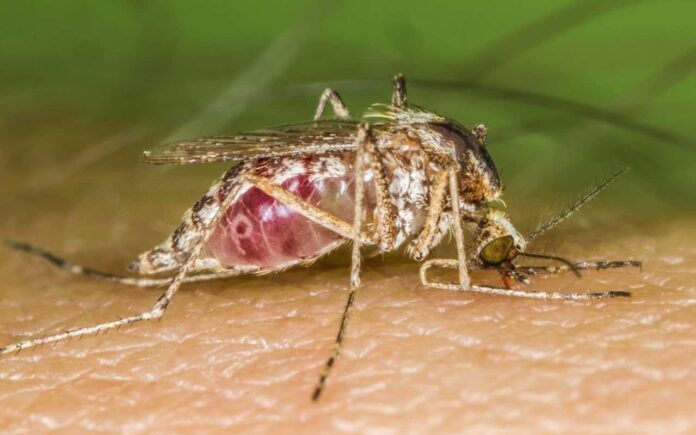By Donna Lu
Lesley Wood Photography
Rising temperatures due to climate change may lead to the spread of the mosquito-borne Zika virus to currently cooler regions. Under the most drastic model of global warming, by 2080 the risk of Zika transmission will increase over southern and eastern Europe, the northern US, northern China and southern Japan.
Marcus Blagrove at the University of Liverpool in the UK, and his colleagues studied the temperatures at which mosquitoes can remain infectious while carrying the disease, and modelled changing temperatures to simulate the potential spread of Zika virus as a result of climate change.
The researchers looked at two species of mosquitoes capable of spreading Zika virus that are already common in temperate regions: Aedes albopictus and Ochlerotatus detritus.
Advertisement
The team exposed groups of these mosquitoes to temperatures between 17 and 31°C, and studied their lifespan and Zika virus infectivity at different temperatures. The researchers found that Zika virus was present in the insects’ salivary glands, and therefore they were infectious, at temperatures of 19°C and above.
Mosquitoes are unable to regulate their own heat, so the temperature of their bodies is the same as the surrounding environment, says Blagrove.
“The warmer the environment is, the warmer the mosquito, which allows the virus to replicate faster,” says Blagrove. “That tends to be why mosquito-borne viruses have major outbreaks in hot countries particularly at hot times of year.”
Outbreaks of Zika virus have previously occurred in South and Central America, south-east Asia and parts of Africa.
In lower temperatures, the virus may take so long to replicate that the mosquito dies before it becomes infectious.
Based on lifespan and infectivity, the researchers created risk maps of the rate of Zika virus spread over different regions globally. At present only a few areas in Europe, such as along the Mediterranean coast, are warm enough for Zika virus to be potentially transmitted.
The team used existing IPCC models of climate change to model the Zika virus transmission risk between 2050 to 2080. Even under an optimistic scenario, in which carbon emissions start declining in 2020 and reduce to zero by 2100, the risk zone for Zika virus spread would extend up into the southern US states, as well as further into China and Europe.
For particularly warm years in future, policymakers may have to consider measures such as reducing mosquito populations, says Blagrove.
Journal reference: Proceedings of the Royal Society B, DOI: 10.1098/rspb.2020.0119
Sign up to our free Fix the Planet newsletter to get a monthly dose of climate optimism delivered straight to your inbox
More on these topics:
